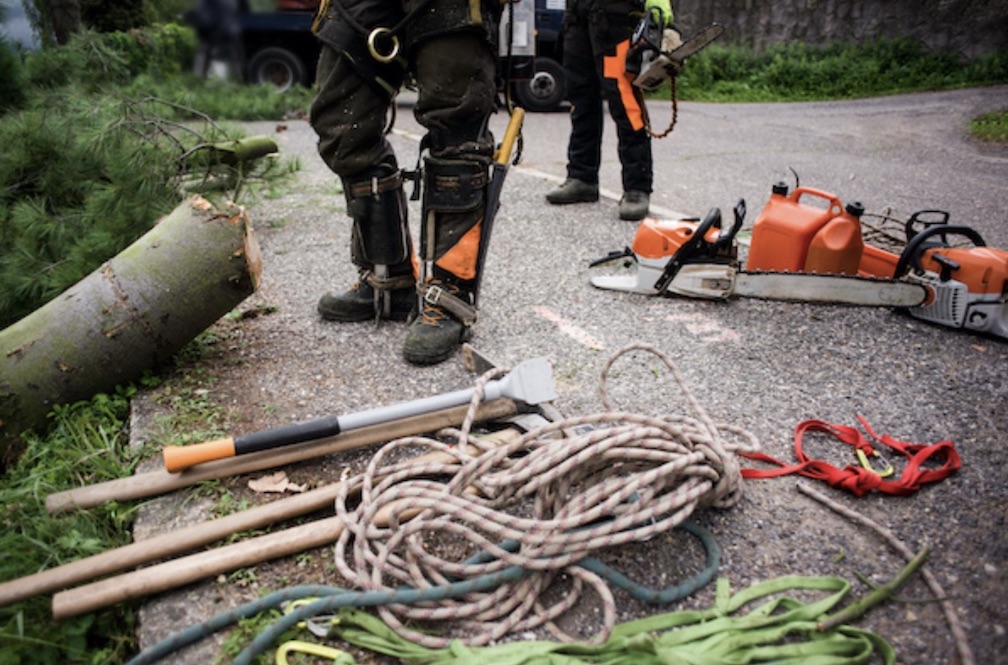5 Ways To Tell If A Tree Is Dying
- Written by News Pronto

Trees are a crucial part of our ecosystem, providing shade, beauty, and homes for many wildlife. However, like all living things, trees can become sick and eventually die. Recognizing the signs of a dying tree is critical, as dead or sick trees can pose potential hazards if not addressed. Here are five ways to tell if a tree is dying and when it might be time to call a professional arborist for a thorough evaluation or tree removal.
Excessive Dead Wood and Branches
One of the easiest ways to tell if a tree is dying is by observing the condition of its branches. Dead branches, especially near the top of the tree, are a telltale sign of a dying tree. Deadwood is brittle and can easily break, posing a potential danger. In such cases, these branches need to be removed immediately to prevent accidents. If most branches on the tree are dead, the tree may be dying and should be evaluated by a professional arborist.
Damaged Bark or Missing Bark Patches
Healthy trees have a uniform bark covering their trunk and branches. If you notice significant patches of missing bark or deep cracks, this can be a sign that your tree is not in the best health. Damage to a tree's bark can expose it to infections and infestations. It also makes it hard for the tree to deliver nutrients from the roots to other parts, leading to its eventual decline. If the bark's damage is extensive, it might indicate the tree is dying.
Fungus Growth at the Base of the Tree
The appearance of fungi, especially large mushroom-like growths at the base of your tree, could indicate that your tree is decaying internally. While some fungi won't harm a healthy tree, certain types, like honey fungus, can attack and kill live trees. Such fungi can indicate significant problems that are not visible externally, suggesting the tree could be dying or already dead.
Leaf Discoloration or Loss Outside of Autumn
While it's normal for trees to lose their leaves in the autumn, sudden leaf loss or discolouration at other times of the year could be a sign of a problem. Premature yellowing, browning, or wilting could suggest your tree is stressed or diseased. If this symptom is combined with other signs, such as dead branches or bark damage, your tree might be dying.
Lack of Healthy New Growth
New growth is a positive sign of a healthy tree. If your tree doesn't produce new shoots or if the buds die before they can open, it could be a sign of a serious issue. A tree failing to grow or showing signs of stunted growth is likely in distress. Combined with other symptoms, it might indicate that the tree is dying.
When To Call A Professional Arborist
If you notice any of these signs and are concerned about your tree's health, it's essential to call a professional arborist. They have the expertise to diagnose various tree diseases and conditions accurately. If tree removal becomes necessary, it's crucial to let the professionals handle it, as attempting to remove a large tree can be dangerous.
Conclusion
Regularly checking your trees for these signs can help detect problems early and potentially save your tree. Early detection can mean the difference between life and death for your tree. However, a professional arborist should always be consulted to confirm the diagnosis and recommend the best action. Their expert knowledge is invaluable in maintaining the health and safety of your trees.

